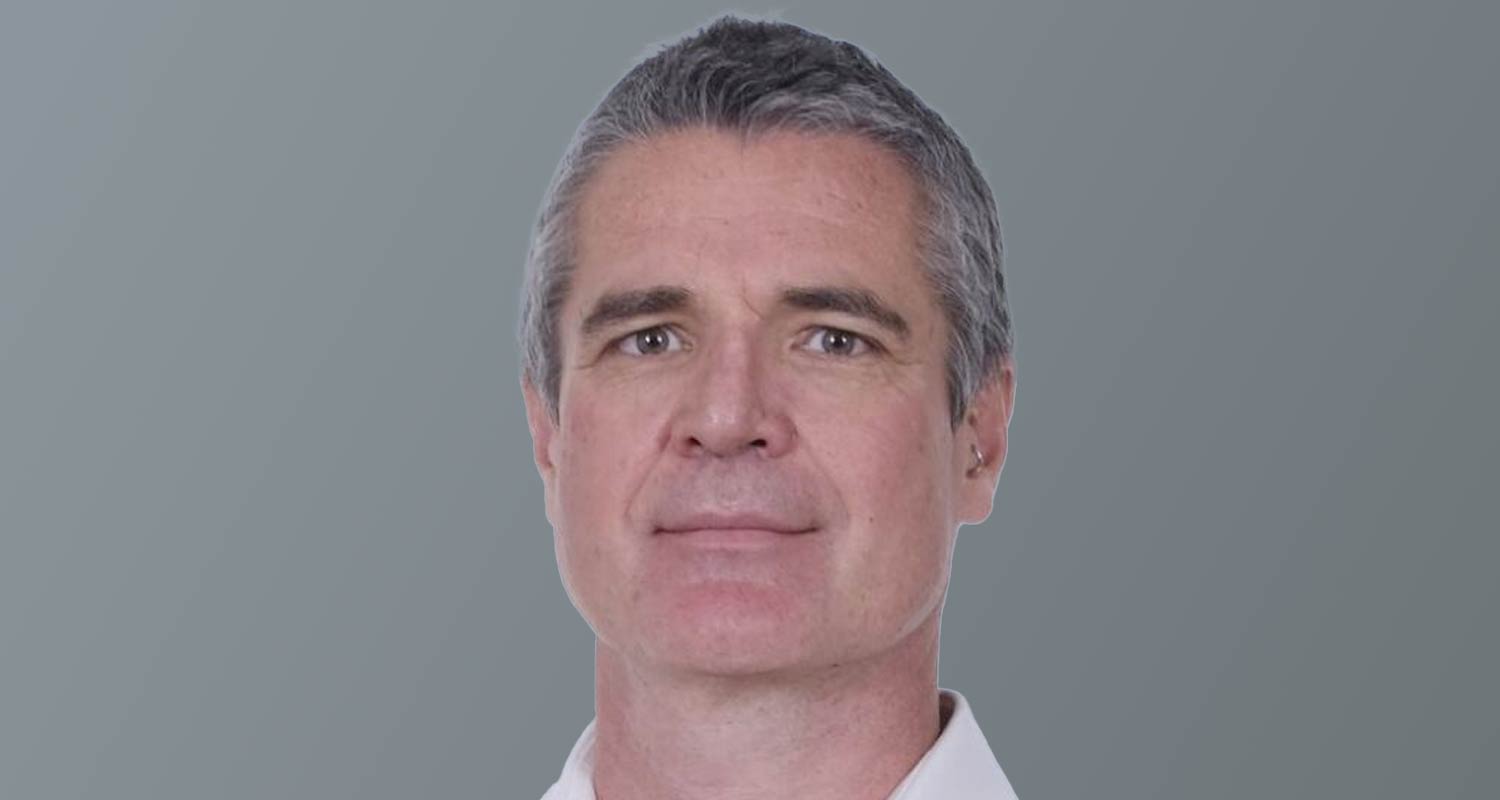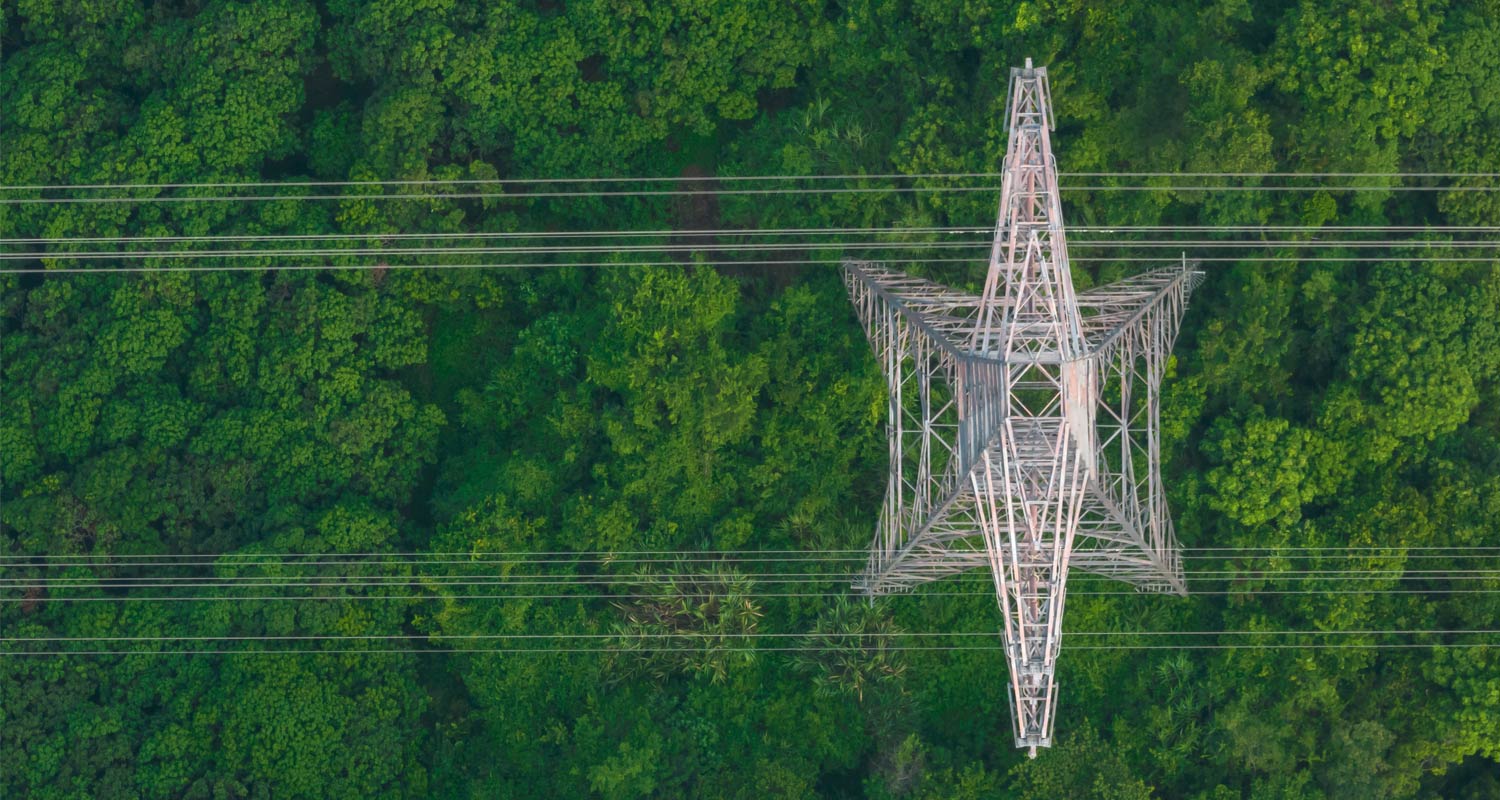
South Africa’s total energy capacity of 54.6GW (excluding imports) should theoretically be sufficient for energy security and spare generating capacity, but it is not – as evidenced by record-level load shedding in 2022 and 2023.
This was highlighted in the recently released Africa Energy Review 2023 report by PwC, which noted that the country is trying to remedy the situation by transitioning away from coal-generated power to renewables and gas – and even (to many experts’ dismay) nuclear. But we can’t just generate our way out of the energy crunch, just like you can’t keep building bigger roads to deal with traffic jams.
All you’re doing is kicking the can up the road, and not solving the underlying problem. The private sector needs to reduce unnecessary electricity consumption and change what time of the day we consume it.
While the report attributes the country’s energy issues to a lack of maintenance and investment, coupled with outdated infrastructure, there is a deeper issue: energy wastage and demand patterns. This is due largely to little awareness about what is being used, why and where, but most importantly, when.
In electrical engineering circles, the typical energy consumption profile of a business over a workday is known as the Duck Curve. From the early morning, electricity consumption increases to a peak in the late mid-morning and drops off over lunch. It surges to a higher peak in the afternoon and then tapers off sharply into the evening. Most business operations have an after-hours baseload that’s around 20% of the daytime average.
And that’s the problem: lots and lots of businesses all using lots and lots of electricity in two largish peaks during the day, and little at night. And that’s because most of the time people are working during the day, and at home at night. So, you get a stacking effect where the power being drawn from the grid is massively uneven – we run short during the day, and then frantically generate at night to top up the limited energy storage available, hence load shedding during the day, and during the night.
Very large users
The PwC report states that sectors which will help drive the energy transition are those that utilise a significant amount of energy, such as the 27 companies that form the Energy Intensive Users Group (EIUG) whose goal is to work towards a sustainable energy future. So, what if these very large users (and a healthy dose of midsize users) can change when they use the most power by restructuring their operations?
It must be emphasised that there is a need for these businesses to proactively minimise waste and inefficiencies by turning off unnecessary loads when possible and shifting loads to when they put the least strain on supply. As the old saying goes, a penny saved is a penny earned; if you don’t waste it, you have it to use on something important. Similarly, if companies don’t use those kilowatts now, they’ll have them to use later. Sounds simple – but it’s not that easy if you’re a business with deeply entrenched requirements about when and how you use your electricity.
Read: Eskom in dire straits
You first need to get on top of your energy usage through managed smart meters with per-minute data, and load controllers to monitor, manage and automate electricity usage.
Recently, the City of Ekurhuleni requested that large power users curtail their energy usage to take another 30% off an already constrained supply. To comply, CBI :energy’s parent company, CBI-electric: low voltage, embarked on an energy management exercise, installing hundreds of managed smart meters and load controllers on machines and other loads to determine how much power it is using on a minute-by-minute basis.
 This data will allow the company to restructure its operations, change which manufacturing processes happen when, and adjust how shift structures work to optimise the manufacturing process to minimise the peaks and dips in daily power usage. At the same time, this will ensure that maximum demand penalties are not incurred, while also meeting the power constraint that the city is demanding. It is only through the interplay of manufacturing planning data and energy consumption data that this optimisation can be achieved.
This data will allow the company to restructure its operations, change which manufacturing processes happen when, and adjust how shift structures work to optimise the manufacturing process to minimise the peaks and dips in daily power usage. At the same time, this will ensure that maximum demand penalties are not incurred, while also meeting the power constraint that the city is demanding. It is only through the interplay of manufacturing planning data and energy consumption data that this optimisation can be achieved.
Granular per-minute metering at multiple points in the electrical distribution network within a building is critical. Being able to implement a robust but simple electrical load management system, where loads can be turned on and off at the click of a button, is more so.
Read: South Africa energy plan published – more than 100GW of new capacity by 2050
We need to take charge of our energy destinies and change our consumption patterns now to ensure energy security for the future. We must change what we do, and how we do it. We mustn’t go “on a diet” – a famously useless way to lose weight through temporarily skipping treats. We must fundamentally change our lifestyles, and the way we work. We cannot generate our way out of energy scarcity – we also need to reduce waste, and more importantly, flatten that duck.
- Roger Hislop is energy management systems executive at CBI :energy


